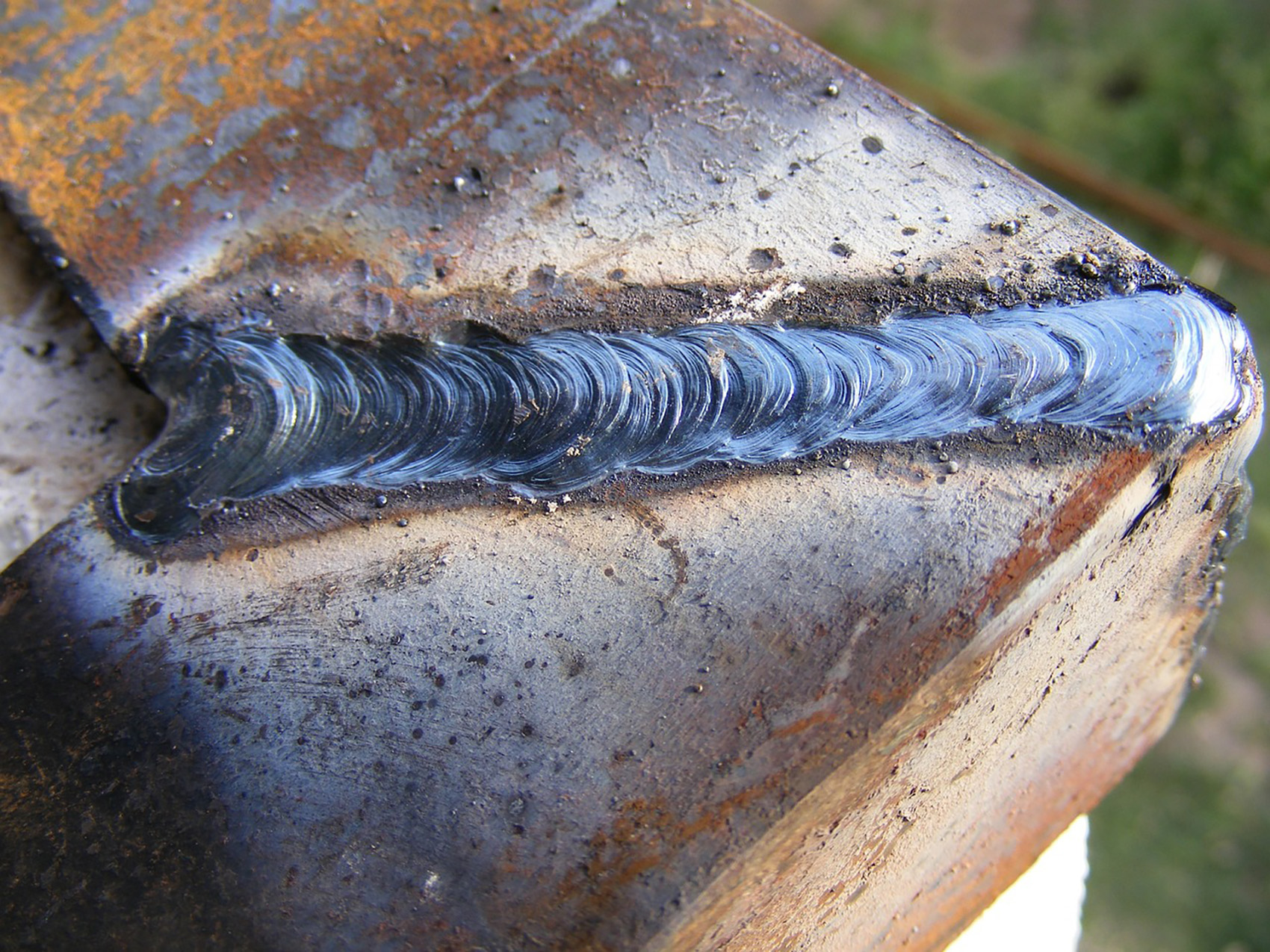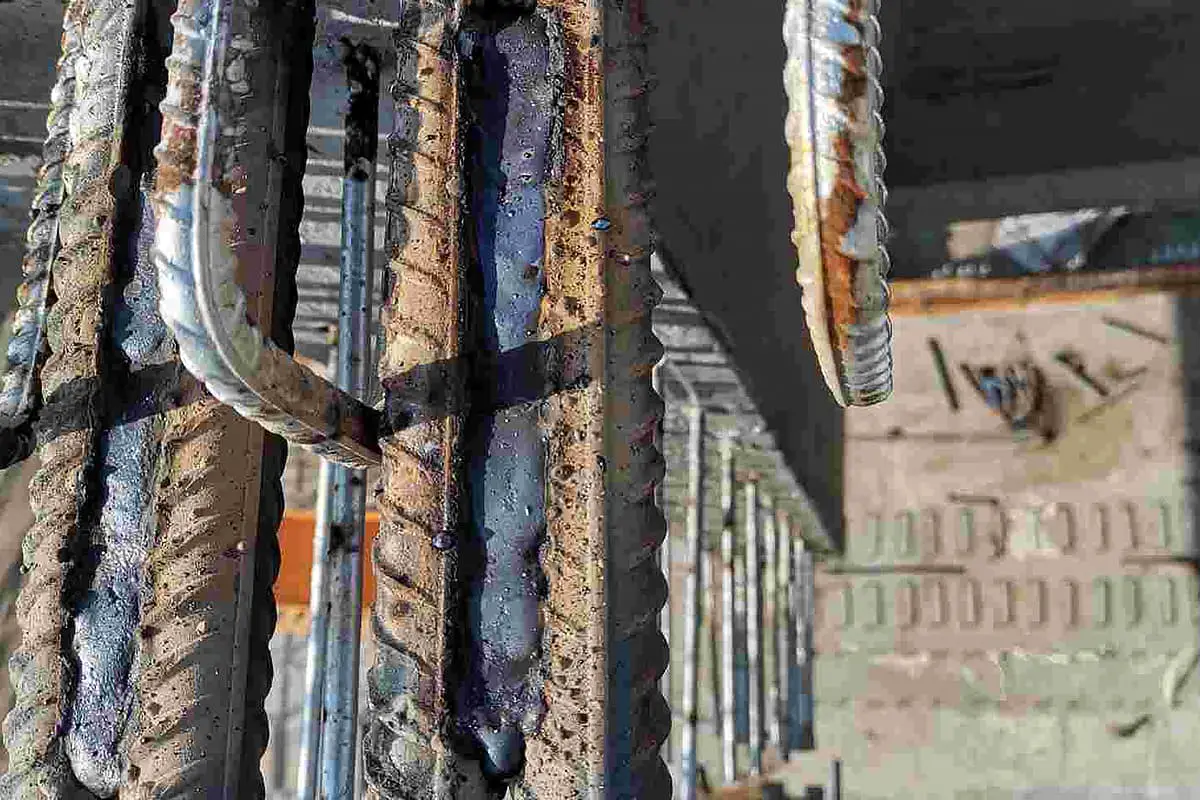Preventing Weld Undercut Demystified: Methods for Success
Preventing Weld Undercut Demystified: Methods for Success
Blog Article
Grasping the Art of Welding: Exactly How to Prevent Undercut Welding Issues for Flawless Construction Outcomes
Effectiveness and accuracy are paramount worldwide of welding, where also the smallest flaw can compromise the structural integrity of a fabricated piece. One usual difficulty that welders face is undercutting, an issue that can compromise a weld joint and lead to pricey rework. By comprehending the origin of undercut welding and implementing effective techniques to avoid it, welders can raise their craft to new degrees of quality (Preventing weld undercut). In the search of perfect manufacture outcomes, mastering the art of welding to avoid undercut problems is not simply an ability but a requirement for those pursuing perfection in their work.
Understanding Undercut Welding

To prevent undercut welding, welders need to make sure correct welding criteria, such as changing the existing, voltage, travel rate, and keeping the proper electrode angle. By comprehending the reasons of undercut welding and carrying out preventive steps, welders can accomplish high-grade, structurally sound welds.
Root Causes Of Undercut in Welding
Understanding the factors that contribute to undercut in welding is essential for welders to create premium, structurally audio welds. Insufficient welding inaccurate or existing welding rate can likewise contribute to undercut. Understanding these reasons and executing proper welding techniques can help avoid undercutting concerns, ensuring sturdy and solid welds.
Methods to Protect Against Undercutting

To reduce the risk of damaging in welding, welders can use critical welding strategies intended at enhancing the high quality and stability of the weld joints. Additionally, making use of the proper welding method for the certain joint configuration, such as weave or stringer grains, can contribute to site lowering undercutting.
Additionally, appropriate joint prep work, including making certain tidy base products complimentary of impurities and utilizing the proper welding consumables, is vital in avoiding undercut problems. Utilizing back-step welding techniques and controlling the weld bead profile can also help disperse heat equally and minimize the danger of undercut. Routine evaluation of the weld joint throughout and after welding, in addition to executing high quality guarantee measures, can assist in detecting and dealing with undercutting concerns without delay. By implementing these methods vigilantly, welders can attain remarkable manufacture results with minimal undercut issues.
Relevance of Appropriate Welding Specifications
Choosing and keeping suitable welding specifications is necessary for accomplishing successful welds with very little flaws. Welding parameters describe variables such as voltage, current, take a trip rate, electrode angle, and securing gas flow rate that directly affect the welding procedure. These criteria must be very carefully changed based upon the type of product being bonded, its thickness, and the welding strategy employed.
Appropriate welding criteria ensure the appropriate quantity of warmth is used to thaw the base metals and filler product consistently. If the specifications are set expensive, it can lead to extreme warmth input, causing burn-through, distortion, or spatter. On the other hand, if the criteria are as well reduced, incomplete combination, absence of infiltration, or undercutting may take place.
Quality Guarantee in Welding Workflow

Verdict
Finally, mastering the art of welding requires a comprehensive understanding of undercut welding, its causes, and techniques to stop Learn More Here it. By ensuring correct welding criteria and implementing high quality guarantee practices, flawless manufacture outcomes can be accomplished. It is necessary for welders to constantly strive for excellence in their welding procedures to avoid undercut problems and produce top quality welds.
Undercut welding, an usual flaw in welding procedures, occurs when the weld steel does not correctly load the groove and leaves a groove or anxiety along the bonded joint.To prevent undercut welding, welders need to make certain appropriate welding specifications, such as changing the existing, voltage, travel rate, and preserving the correct electrode angle. Insufficient welding wrong or current welding speed can also add to damage.To minimize the risk of damaging in welding, welders can utilize calculated welding methods aimed at boosting the top quality and integrity of the weld joints.In final thought, grasping the art of welding needs a comprehensive understanding of undercut welding, its causes, and methods to avoid it.
Report this page